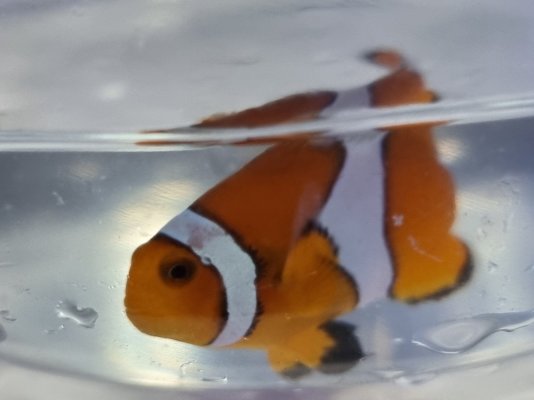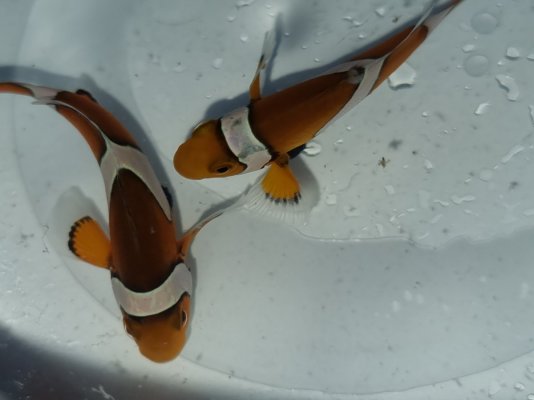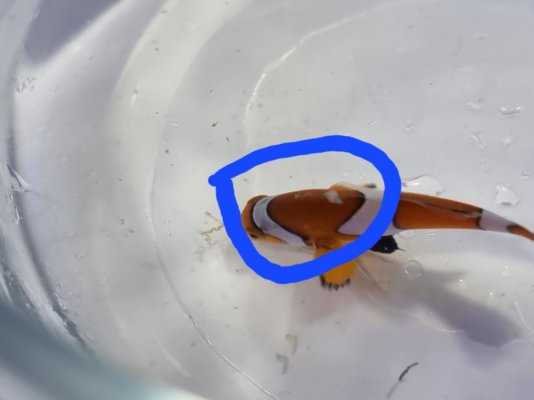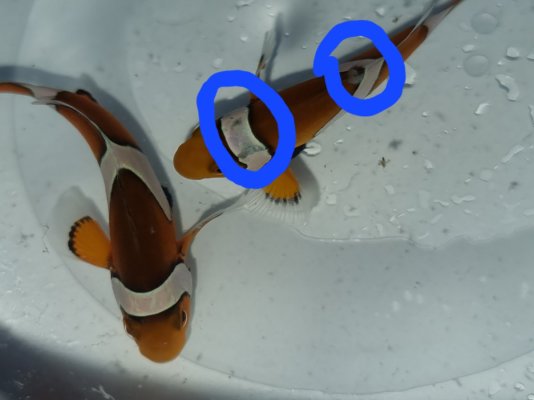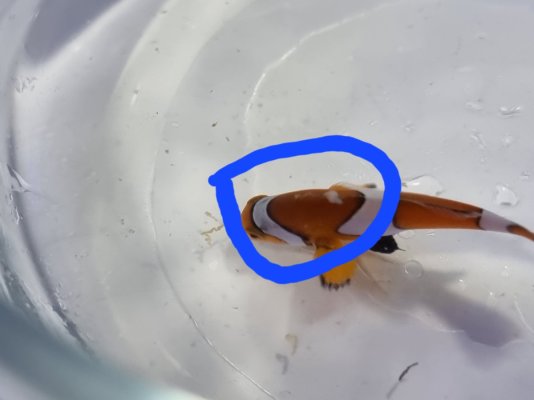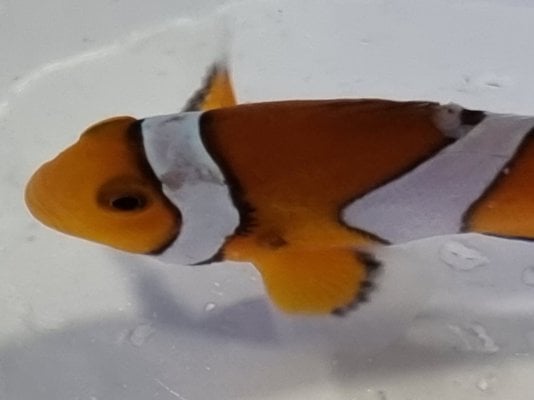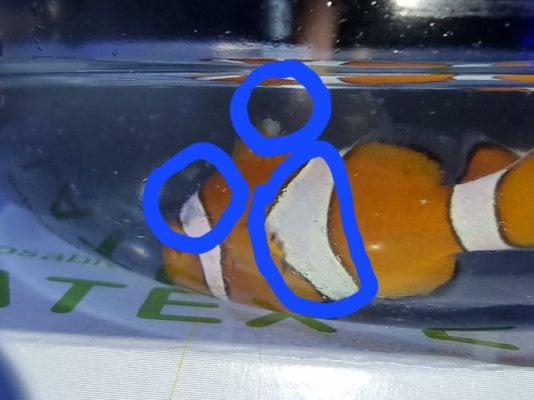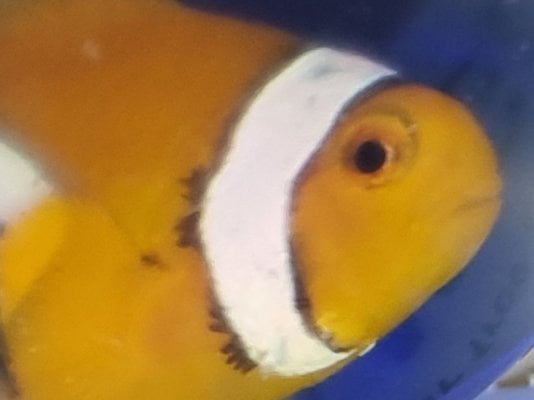Ok im at my wits end with this. My initial stocking of a 17gal reef consisted of two super red ocellaris clowns and a red Firefish goby. As stated in a previous thread, fish displayed signs of velvet on day 2 of qt so started on treatment regimen with chloroquine phosphate at 15mg/ltr for a period of 4 weeks with api ammo lock to combat ammonia and ammonia alert to monitor. Treatment went without a hitch and after the chloroquine ended fish were clear so I continued treatment for internal parasites with general cure for two weeks. Main display was fallow for the entire period. Total fallow period for display was 60 days. The clowns were healthy albeit for a minor fungal infection that cleared after introducing to display. The Firefish goby succumbed during the general cure treatment as it was emaciated and too far gone.
Meanwhile the display I assume bottomed out on nutrients.... Phosphates at 0.04 (Hannah) and nitrates undetectable (salifert). The reason for this is my running a chaeto refugium on a night cycle with gfo. Tank started to develop a brown coating on the rocks which the trochus don't eat and that I assume is dino. Anyways, the two fish were introduced back into the display and were absolutely fine, feeding well and clear bodied. Day 3 (today) : both seem to be reclusive from the light, the male clown is struggling with the flow and mostly keeping to himself behind the WaveMaker. Flashing and irritable swimming noticed on both fish. While the female is mostly clear bodied, the male seems to have a fine dusting appearance that suggests velvet to me. I did notice a velvety appearance around the mouth Region yesterday but I wanted to wait it out and see how it would progress.
Are there chloroquine resistant velvet strains? Since velvet is a type of Dino flagellate, could the dino that is on the rocks have spread to the fish? Was really looking forward to having healthy fish in the display finally and now this! I'm thinking of trying the hybrid tank transfer method with peroxide as I have lost complete faith in chloroquine now. Please advice on how to proceed next. @Jay Hemdal provided valuable input during the whole previous process and would be grateful for more help.
Meanwhile the display I assume bottomed out on nutrients.... Phosphates at 0.04 (Hannah) and nitrates undetectable (salifert). The reason for this is my running a chaeto refugium on a night cycle with gfo. Tank started to develop a brown coating on the rocks which the trochus don't eat and that I assume is dino. Anyways, the two fish were introduced back into the display and were absolutely fine, feeding well and clear bodied. Day 3 (today) : both seem to be reclusive from the light, the male clown is struggling with the flow and mostly keeping to himself behind the WaveMaker. Flashing and irritable swimming noticed on both fish. While the female is mostly clear bodied, the male seems to have a fine dusting appearance that suggests velvet to me. I did notice a velvety appearance around the mouth Region yesterday but I wanted to wait it out and see how it would progress.
Are there chloroquine resistant velvet strains? Since velvet is a type of Dino flagellate, could the dino that is on the rocks have spread to the fish? Was really looking forward to having healthy fish in the display finally and now this! I'm thinking of trying the hybrid tank transfer method with peroxide as I have lost complete faith in chloroquine now. Please advice on how to proceed next. @Jay Hemdal provided valuable input during the whole previous process and would be grateful for more help.
Last edited:










